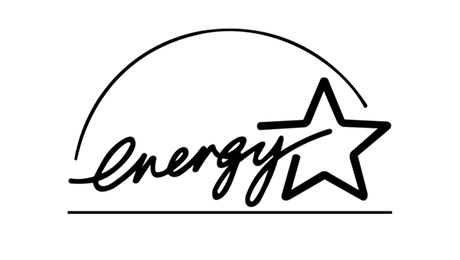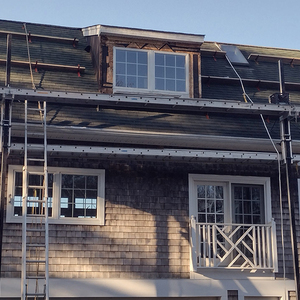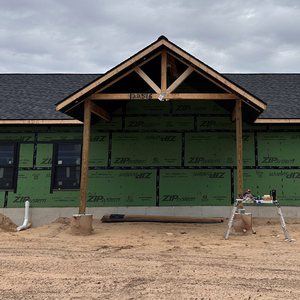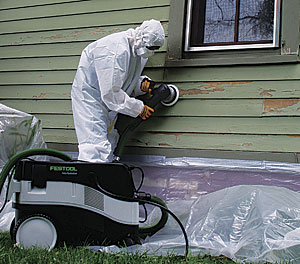
Remodeling work in most pre-1978 homes is now subject to new lead-safety regulations established by the U.S. Environmental Protection Agency. Any remodeling work that disturbs painted surfaces must now comply with the Renovation, Repair, and Painting (RRP) rule, which took effect on April 22. If you haven’t paid any attention to the new rule, you may be breaking the law.
According to the Centers for Disease Control and Prevention (CDC), more than 250,000 American children under the age of 6 have elevated levels of lead in their blood. In a significant number of these cases, this was caused by renovation work that disturbed painted surfaces in older homes. Those most vulnerable to lead poisoning include young children and pregnant women.
Lead-containing dust can be ingested through the lungs or the stomach. Such dust is often spread by scraping, sanding, or demolition activities.
Question: Does the RRP rule apply to me?
Answer: Yes, if you:
• Are a remodeling contractor, painter, electrician, plumber, HVAC contractor, or other trade contractor.
• Work in a home, school, or day-care center built before January 1, 1978.
• Perform work (including painting, window replacement, or any type of demolition) that disturbs 6 sq. ft. or more of lead-based paint indoors, or 20 sq. ft. or more of lead-based paint outdoors.
Question: How do I comply with the RRP rule?
Answer: A contractor who intends to work in homes containing lead-based paint must:
• Be trained, or work for a remodeling company certified by the EPA.
• Test any painted surfaces in the work area for the presence of lead.
• Communicate with the building’s occupants before beginning work.
• Post warning signs at the job site.
• Provide on-the-job training to uncertified workers.
• Erect plastic barriers to contain the work area.
• Use tools that minimize the creation of dust.
• Clean up carefully.
• Verify that the cleanup was adequate.
• Document compliance with the requirements of the RRP rule and save records for at least three years.
Question: Can I use any test kit?
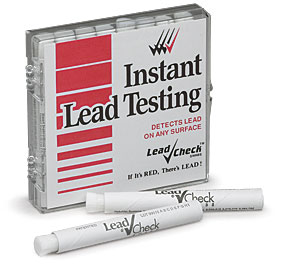
Answer: Renovators are required to test painted surfaces in the areas where they intend to work. Only test kits acceptable to the EPA can be used. Acceptable test kits are listed at the EPA Web site: www.epa.gov/lead/pubs/kits.htm. As of this writing, the EPA has approved only two lead test kits: the Lead-Check Kit from Hybrivet Systems (above) and the State of Massachusetts Kit (which is available only to Massachusetts-certified contractors).
Question: Doesn’t the RRP rule leave contractors vulnerable to potential lawsuits?
Answer: No. On the contrary, actually. If you’ve been working in older homes, you have already been assuming liability for the results of your remodeling work. (In other words, you could have been sued if your work endangered a child.) Adopting lead-safe work practices will reduce rather than increase the likelihood that your remodeling work will be linked to a case of lead poisoning, thereby lowering rather than increasing your liability. If you’re certified and have documented the process properly, you’re actually better protected from such suits.
What are some ways to minimize dust creation?
• If you must scrape a painted surface, mist the area with water first so that you are “working wet.”
• Never use a heat gun unless temperatures are limited to a maximum of 1100°F.
• Never use a propane torch on a painted surface.
• Never use a power sander or a power plane on a painted surface unless the tool is equipped with a HEPA dust-collection system. There is no prohibition against the use of a circular saw.
• The use of chemical strippers (like Peel Away) is permitted.
• Workers need NIOSH-rated N100 respirators or HEPA respirators, not just common dust masks. (Disposable N100 respirators can be bought for as little as $8.)
Question: Does my liability insurance cover lead?
Answer: Most contractors have general liability policies that already exclude claims associated with lead paint. If your insurance policy has such a “lead pollution” exclusion, you’ve probably been working for years without any coverage for these claims.
Following the lead-safe work practices outlined in the RRP rule should reduce rather than increase your liability. Never-the-less, if you want to know more about the coverage offered by your liability policy, you should talk to your insurance agent.
To obtain coverage for lead pollution, you may have to shop for a “special risk” policy in the so-called secondary market.
Question: Is there any way to opt out of this rule?
Answer: As of this writing, yes. A controversial provision of the RRP rule allows some homeowners to let remodeling contractors perform work without following lead-safe practices. This provision can be used only in the following circumstances:
• When the work is performed in a homeowner-occupied residence.
• When there are no resident children under the age of 6.
• When there are no resident pregnant women.
• When the homeowner agrees to allow the renovator to ignore work practices otherwise required by the RRP rule.
The opt-out clause is being challenged in court by the National Center for Healthy Housing and the Sierra Club, so you should probably think twice before using this provision. According to EPA spokesperson Dale Kemery, “The EPA has issued a proposed rule to remove this provision.” He also notes that if the opt-out clause is eliminated from the RRP rule, “renovators will need to eliminate that option from their agreements.”
Question: As a contractor, how do I verify that cleanup was adequate?
Answer: After the end-of-the-job cleanup is complete, it needs to be verified—not by a third-party verifier, but by you.
Wipe the window stools, countertops, and uncarpeted floors in the work area with disposable wet wipes. Then compare each wipe to a “cleaning verification card.” If the color on the wipe is the same color or a lighter color than the one shown on the verification card, the surface passes the test.
Any surface that fails the test must be recleaned and retested.
Question: What kind of records do I need to keep?
Answer: You must keep a copy of your training-course completion certificate with you at the job site. The RRP rule also requires renovators to document compliance with each provision of the rule and to retain the paperwork for at least three years. To remind contractors of the steps necessary to comply with record-keeping requirements, the EPA has developed a one-page checklist (www.epa.gov/lead/pubs/samplechecklist.pdf).
Question: As a contractor, what is compliance with the rule going to cost me?
Answer: Many contractors have expressed exasperation over official EPA estimates of the incremental cost of lead-safe work practices. According to the EPA, “For jobs where lead-based paint is present, EPA has estimated that the costs of containment, cleaning, and cleaning verification will range from $8 to $167 per job, with the exception of exterior jobs where vertical containment would be required. These are incremental costs attributable to the rule.”
Because contractors need to get trained, buy a HEPA vacuum, purchase and use lead-test kits, and buy (and dispose of) many rolls of 6-mil polyethylene, the EPA’s estimate seems widely off the mark.
The costs are likely to fall particularly heavily on window-replacement contractors, who may need to erect 10 or 12 containment barriers at a single house.
For more information, visit www.epa.gov/lead/pubs/renovation.htmor www.greenbuildingadvisor.com/lead-safe.
Fine Homebuilding Recommended Products
Fine Homebuilding receives a commission for items purchased through links on this site, including Amazon Associates and other affiliate advertising programs.

Handy Heat Gun

Reliable Crimp Connectors

Affordable IR Camera
